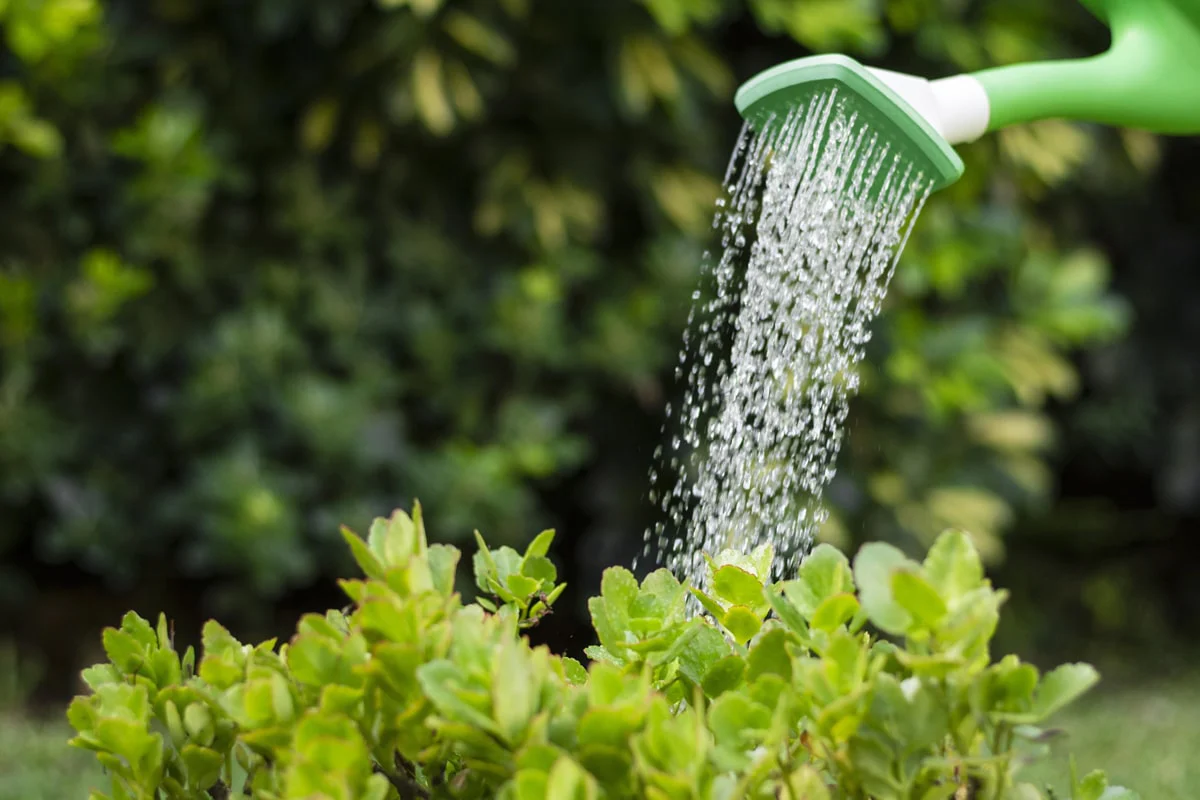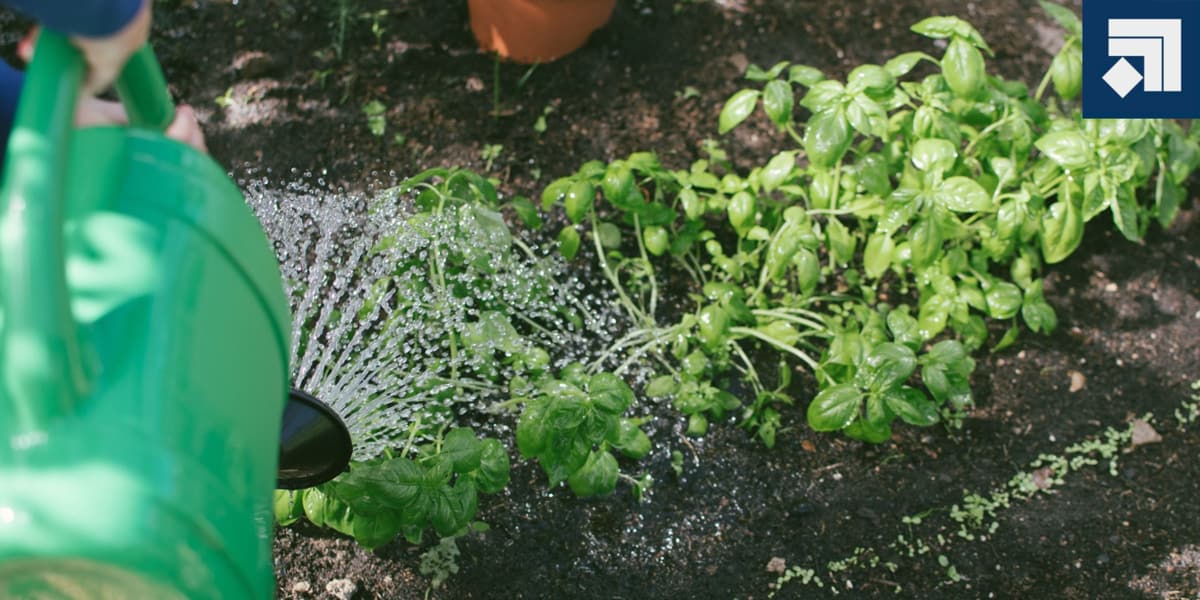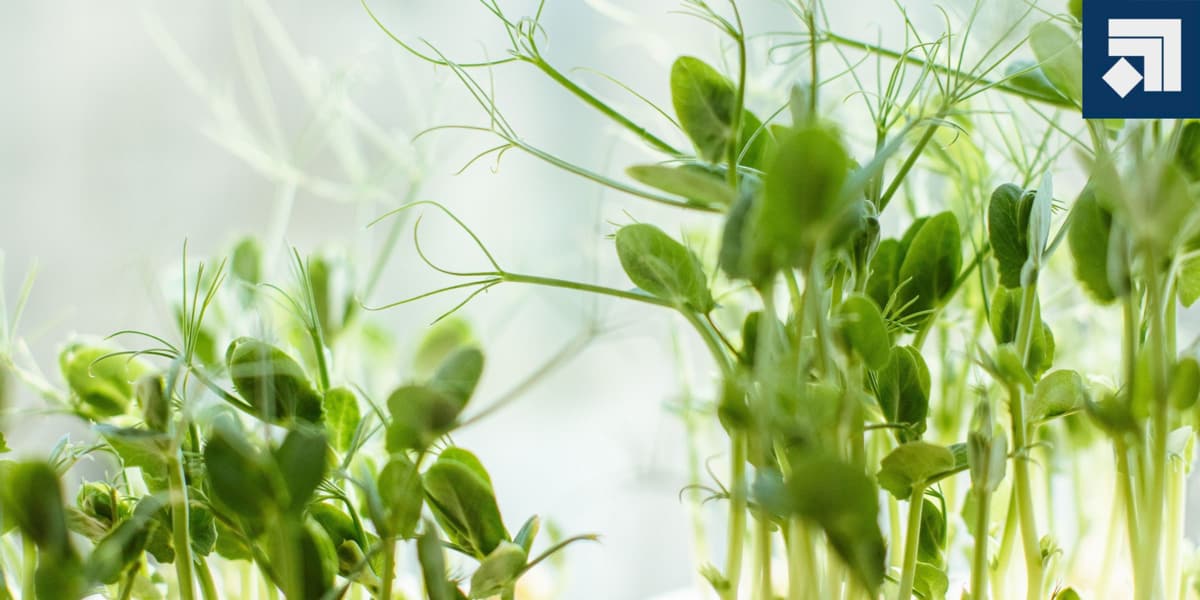Picture a windowsill adorned with pots of fragrant basil, vibrant mint, and delicate thyme – a small herb haven that adds both beauty and flavor to your life. Yet, amidst the joy of growing herbs, the question arises: How often to water herbs to ensure their vitality?
In this article, we’ll delve into the art of watering herbs, exploring the nuances of their hydration needs and providing you with practical insights to help your herbs thrive.
TL;DR: Learn the essential tips for watering herbs to maintain their health and vibrancy. Explore various factors that influence watering frequency and understand the unique needs of different herb varieties.
Watering herbs is a delicate balance that requires understanding each herb’s preferences and adapting your routine to different factors. By mastering the art of proper watering, you’ll be well on your way to nurturing flourishing herbs that enhance your culinary adventures and garden aesthetics.
Unveiling the Basics of Watering Herbs
Water is the lifeblood of any plant, and herbs are no exception. However, the frequency and amount of water they need can vary widely:
- Soil Type: Different soil types retain water differently. Well-draining soil prevents waterlogging and root rot, while moisture-retentive soil keeps herbs hydrated.
Factors Influencing Watering Frequency
Several factors play a role in determining how often you should water your herbs:
- Weather Conditions: Hot and dry weather requires more frequent watering, while cool and humid conditions necessitate less.
- Plant Size: Larger plants tend to require more water than smaller ones due to their increased foliage.
- Container Size: The size of the pot affects how much water it can hold, influencing the frequency of watering.
Observing Herb-Specific Needs
Different herbs have distinct water requirements based on their native habitats and growth habits:
- Thyme and Rosemary: These Mediterranean herbs prefer drier conditions and can tolerate slightly more neglect.
- Basil and Mint: Herbs with larger leaves like basil and mint require more water due to their higher transpiration rates.
Signs of Underwatering and Overwatering
Observing your herbs closely can help you identify signs of both underwatering and overwatering:
- Underwatering: Wilting, drooping leaves, and dry soil are signs that your herbs are thirsty.
- Overwatering: Yellowing leaves, moldy soil, and foul odors indicate excess moisture and poor drainage.
Watering Techniques for Herbs
Mastering the art of proper watering involves more than just pouring water into the pot:
- Deep Watering: Water thoroughly until water seeps from the drainage holes, ensuring roots receive adequate hydration.
- Avoiding Foliar Watering: Wet leaves can encourage fungal growth, so water the soil rather than the leaves.
- Watering Times: Water herbs early in the day to allow excess moisture to evaporate, reducing the risk of fungal diseases.
Adjusting Watering Frequency
As seasons change and weather fluctuates, you’ll need to adapt your watering routine:
- Summer Watering: Herbs tend to require more water during hot summer months, so monitor moisture levels closely.
- Winter Watering: Reduce watering in colder months when herbs experience slower growth and evaporation rates.
Testing Soil Moisture
Regularly testing the moisture level of your herbs’ soil helps you gauge when it’s time to water:
- Finger Test: Insert your finger into the soil up to the first knuckle. If it feels dry, it’s time to water; if it’s moist, wait a bit longer.
- Soil Moisture Meter: Use a moisture meter to get an accurate reading of the soil’s moisture content.
Conclusion
Tips From Experienced Gardener: 🌿
“Remember that overwatering is often more harmful than underwatering. It’s better to let the soil dry slightly between waterings to promote healthy root growth.”
FAQs
Q: Can I water all my herbs on the same schedule?
A: While it’s convenient, each herb has its own preferences. It’s best to water based on the individual needs of each herb.
Q: How do I prevent root rot in my herb pots?
A: Ensure proper drainage by using well-draining soil and pots with drainage holes. Allow excess water to escape, preventing waterlogging.
Q: Should I mist my herbs to increase humidity?
A: Misting can be beneficial, especially for herbs that thrive in higher humidity. However, avoid misting too often to prevent fungal growth.
Watering herbs is a dance of observation, adaptation, and care that fosters their growth and vitality. By understanding the factors that influence watering frequency and recognizing the signs of both underwatering and overwatering, you’ll develop the intuition needed to keep your herbs thriving. Whether you’re nurturing herbs indoors or outdoors, the journey of maintaining proper hydration is an essential component of successful herb gardening.
Fun Fact: Did you know that the name “basil” comes from the Greek word “basileus,” which means “king”? It’s often referred to as the “king of herbs” due to its culinary and medicinal significance. 🌱👑
In conclusion, the key to successfully watering herbs lies in the balance between providing enough moisture without drowning the roots. As you master this art, you’ll witness the beauty of flourishing herbs that not only enrich your dishes but also enrich your connection with nature. Happy watering! 🌿💧
Originally posted 2023-07-09 10:11:21.



